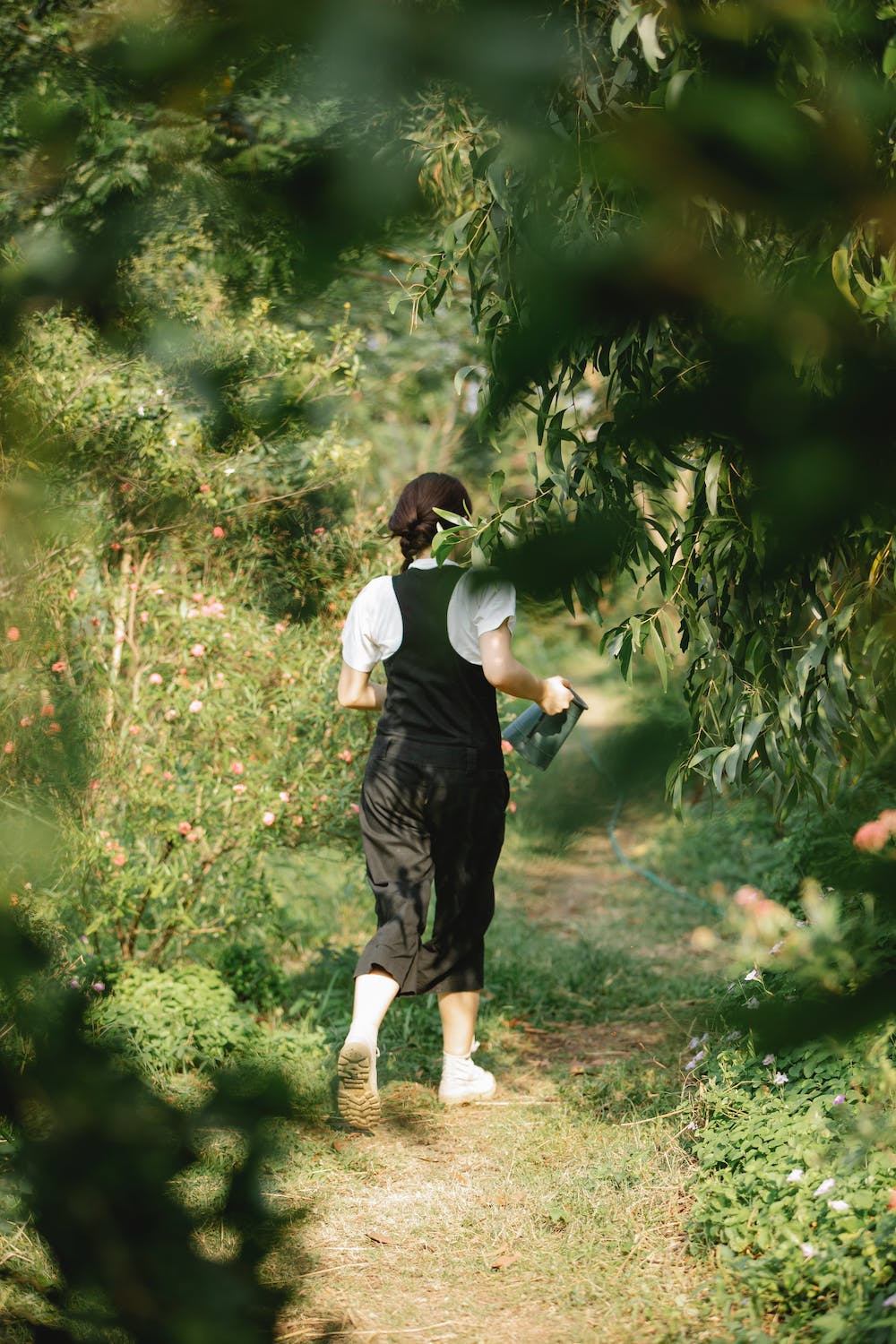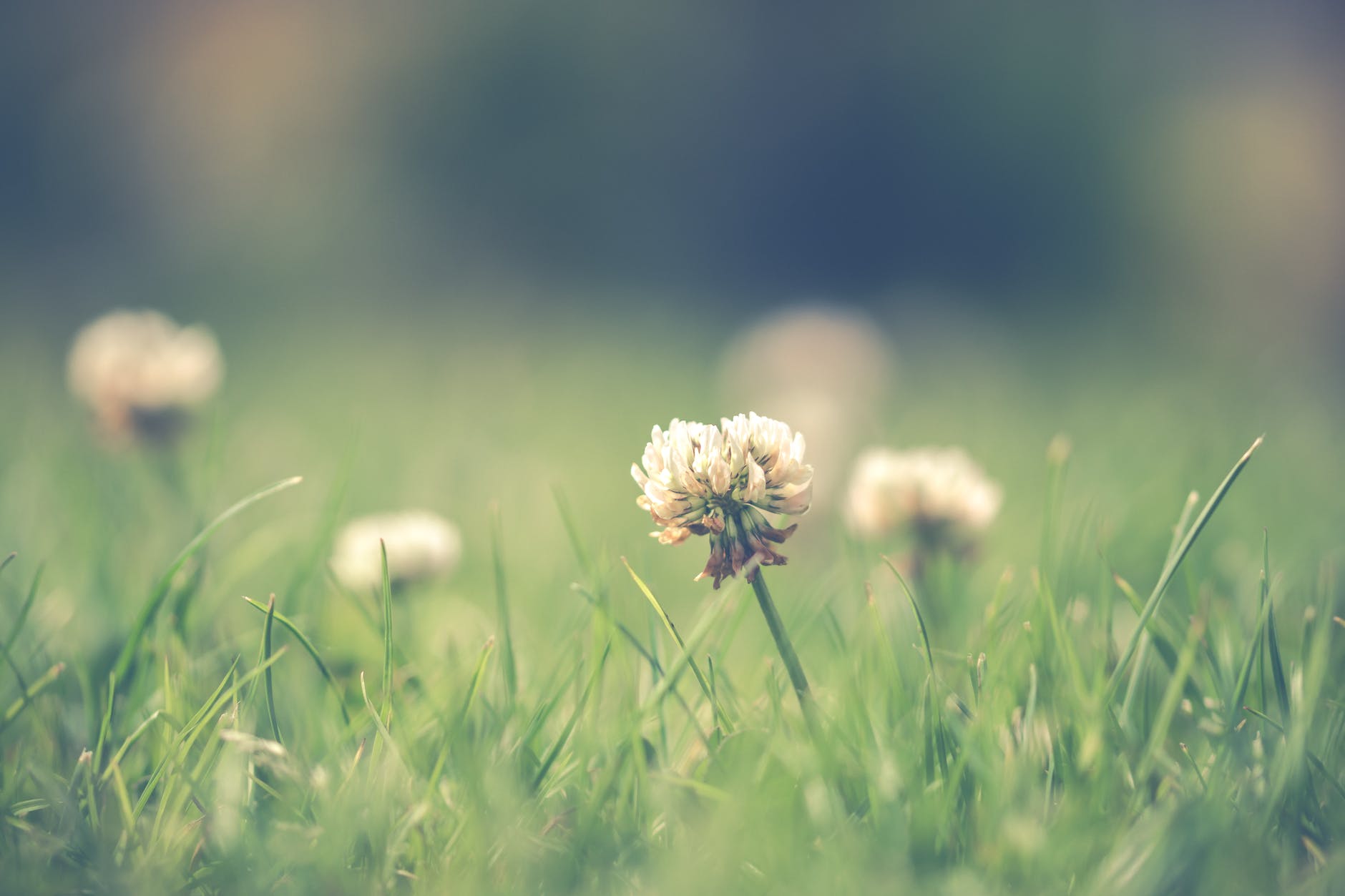
Weeds may seem like a headache, but what if I told you they could be useful? These little green intruders have a knack for showing up where we don’t want them, making our outdoor time less enjoyable. Instead of spending all your energy trying to get rid of them, consider giving them a second chance.
Plants, as we know, have various uses. Since weeds are essentially just unwanted plants, they must have some benefits, right? Turning these pesky plants into something valuable is not only resourceful but also a consistent and ever-present asset in your garden, whether you like it or not.
Let’s explore ways to repurpose weeds in your garden. There are numerous ways to put them to good use outdoors, and surprisingly, some can even make a tasty addition to your dinner plate!
Understanding Weeds
Common Garden Weeds
In the world of weeds, diversity reigns. We have the dandelions, purslane, and chickweed—names you might have cursed under your breath. Dandelions boast bright yellow flowers, purslane hides in low mats, and chickweed, well, it’s a sneaky ground cover.
Learn the distinct features of these intruders – the shape of leaves, the color of flowers, and how they grow. This knowledge is your first step in the battle against unwanted green guests.
Why Do Weeds Grow in Your Garden?
Weeds are opportunists, seizing any chance to sprout and spread their leafy wings. They’re nature’s pioneers, quick to colonize disturbed soil.
They are nature’s way of healing wounded ground. When we till, walk, or simply breathe near the soil, we create openings for these resilient beings. It’s not mischief; it’s their way of restoring balance in the ecosystem.
Ecological Importance of Weeds in Soil Health
They play a vital role in soil improvement. As pioneers, they dive deep, breaking compacted soil and allowing air and water to penetrate.
Weeds are champions of nutrient recycling too. When they decompose, they return valuable nutrients to the soil, creating a dynamic cycle. This benefits the entire garden community, from the tallest sunflower to the tiniest soil microbe.
So, next time you spot a weed, pause before reaching for that garden tool.

Ways to Reuse Weeds in Your Home Garden
#1. Composting Weeds
Revitalize your compost pile by incorporating nitrogen-rich green matter, and weeds can play a key role in this process. Composting involves a balance of two types of materials: “greens” and “browns.” Greens, abundant in nitrogen, decompose quickly, while browns, rich in carbon, decompose at a slower pace. When you compost kitchen scraps or add leaves from green weeds to your compost pile, you introduce green matter.
Green Matter Composting
Repurposing weeds for composting is an excellent way to enhance your compost with nitrogen, especially when green matter is scarce. Allow some weeds to grow in a designated area of your yard, ensuring a convenient and fresh supply when needed.
To contribute to your compost, trim the weeds with shears or use a reel mower without a bag attachment. Gather the freshly cut greens and incorporate them into the compost pile.
Ensure that the plants you add are free of seed heads and rhizomes. Seed heads can disperse seeds throughout the compost, while rhizomes may sprout new shoots and spread. Trim young weeds before they flower, and make certain that those with rhizomes are completely deceased. Regular mowing helps prevent weeds like dandelions or chickweed from continuously reseeding in your garden.
Brown Matter Composting
In composting, a good balance is needed between “greens” and “browns.” Browns, which are carbon-rich, include dead leaves, withered plants, dried grass clippings, woody tree prunings, cardboard, and paper. If you lack enough leaves or cardboard, weeds can serve as a reliable source of browns.
Prepare them by cutting them down, ensuring no seed heads that could sprout in the compost are present. Also, check for any diseased plants. Allow the plants to dry in the sun for about two weeks until they become brown and crisp. Once dried, add them to the compost pile.
Any weed, as well as lawn clippings, can be used for brown matter. After mowing the lawn, leave the grass clippings to dry, providing a consistent supply for composting.

#2. Creating Liquid Fertilizer
If the idea of weed soup doesn’t appeal to your taste buds, how about using those unwanted plants to brew a powerful liquid fertilizer for your garden? While not a culinary delight, it’s a feast for your plants!
If you’re not ready to fertilize immediately, transform your weeds into a liquid elixir. Fill a bucket with freshly cut weeds, chop them into small pieces, and add a bit of compost as an inoculant. Let the mixture sit for at least two weeks to extract all the nutrients from the weeds.
Once your weedy concoction is ready, dilute one part of the fertilizer with ten parts of water before applying it to your plants. This ensures you don’t over-fertilize. Keep the covered bucket when not in use to prevent it from becoming a breeding ground for mosquitoes. Not exactly a gourmet soup, but your plants will love it!
#3. Improving the Soil
For a simpler approach, especially if you don’t have a compost pile, utilize the chop-and-drop method to enhance your soil. This method is effective for converting weedy areas into gardening spaces or revitalizing existing beds overrun with weeds.
Chop down the weeds before they produce seed heads and leave them on the ground. Weeds, despite being unwanted, contribute to soil improvement by aerating it with their roots. Using a stirrup hoe, make clean cuts at the base, leaving the roots in the ground. This adds nutrients to the soil as the chopped greens decompose, fostering microbial growth and soil fertility.
Transform a weedy area into a no-dig garden bed using the chop-and-drop method. Spread the chopped weeds over the soil, cover them with compost, add a layer of cardboard, and then another layer of compost. After a couple of months, you’ll have a no-dig garden bed ready for use.
Caution: Avoid chopping and dropping weeds with a strong regrowth potential, like Bermuda grass or English ivy, as even tiny cuttings can develop roots and grow back. It’s best to remove such plants from the garden completely.
#4. Indicating Soil Health
When those pesky weeds show up, they’re not just a bother—they’re like little messengers revealing secrets about your soil. If, for instance, lavender struggles to grow in a particular spot while wood sorrel thrives, it’s a signal that the soil is acidic and the area is shady. You might need to trim back large shrubs or trees to let more sunlight in or adjust the soil to make it less acidic, and soon you’ll have that lavender blooming.
Instead of tossing out every weed without a second thought, consider them as helpful indicators of your garden’s well-being. Dandelions, often seen everywhere, can be especially telling. If they’re dominating one area, it suggests the soil quality is not great—maybe low in calcium and organic matter. Understanding how weeds grow can turn them into valuable tools for testing your soil when other resources aren’t readily available.
#5. Indicating Soil Moisture
Weeds aren’t just about soil health; they can also spill the beans on your soil’s moisture levels. Unlike checking for nutrients, which involves a bit of guesswork, moisture is visible—you can’t see calcium, but you can see dampness!
Normally, figuring out soil moisture means getting your hands dirty, either by sticking a finger in the soil or using a shovel. Both methods have their downsides, leaving you with either dirty nails or a potentially disrupted garden. Weeds can simplify this process. Choose a weed with a deep root, like a dandelion or stinging nettle. Pull it out (wearing gloves, of course), making sure to get it all in one piece. If the root comes out clean, your soil is likely dry; if it’s covered in dirt, your soil is moist.
Next time a lone weed pops up, let it serve a purpose. Allow it to grow enough to develop a deep root but not big enough to flower or produce seeds. When in doubt about watering, pull it out. This plant-friendly method won’t disturb nearby roots unless the weed has an intricate network of lateral roots tangled with your other plants. Stick to varieties with a single deep taproot for the best results.
#6. Turning Weeds to Your Meals
Beyond the usual lettuce and kale, your backyard may hide a treasure trove of tasty leaves. Instead of tossing out those weeds, consider turning them into a delightful addition to your meals!
Numerous weeds are not only edible but also flavorful. You can incorporate them into various dishes—saute them like kale, add them to soups like spinach, or create a unique salad with a mix of greens that rival fancy restaurant offerings. The list below highlights some edible weeds you might find in your garden, but it’s not exhaustive.
- Bittercress (Cardamine hirsuta)
- Burdock (Arctium lappa)
- Chickweed (Stellaria media)
- Common mallow (Malva neglecta)
- Curly dock (Rumex crispus)
- Dandelion (Taraxacum officinale)
- Lamb’s quarters (Chenopodium album)
- Pigweed (Amaranthus retroflexus)
- Purslane (Portulaca oleracea)
- Stinging nettle (Urtica dioica)
- Wood sorrel (Oxalis montana)
Always research before consuming any plant to ensure it’s safe. While some, like dandelions and purslane, are entirely edible, others may have toxic parts.
Turning these weeds into a meal is not only a culinary adventure but also a way to reclaim control of your garden. Who knows, you might start seeking out these edible greens intentionally!
Tips to Reuse Weeds Efficiently
Ensuring Weed Seeds Are Not Spread During Reuse
The last thing you want is a garden overrun by a new generation of weeds. When you’re reusing these green fellows, make sure you’re not inadvertently planting the seeds of future invaders. Check the weed material thoroughly before tossing it into compost or using it as mulch.
It’s a simple act of vigilance – prevent those sneaky seeds from hitching a ride into the next chapter of your gardening journey. Stay a step ahead, and your garden will thank you.
Identifying and Avoiding Toxic Weeds
Not all weeds play nice. Some carry a toxic secret that can harm your garden and even pose risks to you. Learn to recognize the troublemakers. Plants like poison ivy or hemlock might hide among the greenery, ready to cause havoc.
Before you pluck, know your enemy. Familiarize yourself with the harmful weeds in your area. It’s a precautionary measure that ensures your gardening adventure remains safe and enjoyable.
Balancing Weed Reuse with Other Gardening Practices
As much as we love our weedy allies, balance is key. Using weeds as natural fertilizers and mulch is fantastic, but remember, diversity is the spice of gardening. Don’t let the weeds overshadow other essential practices.
Mix it up – incorporate traditional fertilizers, experiment with different mulching materials, and explore various gardening techniques. A garden that embraces a variety of approaches is a resilient and thriving one.
Final Thoughts: How to Reuse Weeds
Transform those pesky weeds into valuable resources for your garden, and you’ll never view them as mere nuisances again. These free fertilizers can be a boon for your cherished plants, providing them with the nourishment they need. The next time you find yourself tackling a weedy flower bed, consider the various ways you can harness the power of these plants.
Whether it’s through composting, creating liquid fertilizer, or using them to gauge soil health, there are plenty of options to explore. Don’t hesitate—give them a try and witness the benefits for yourself.


![10 Ways to Get Rid of Cabbage Worms From Your Garden [Naturally & Efficiently]](https://homeveggiegarden.com/wp-content/uploads/2023/12/pexels-lina-kivaka-14281758-600x850.jpg)


